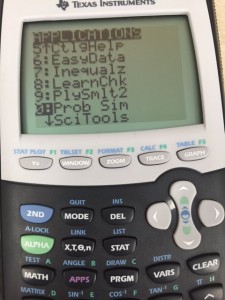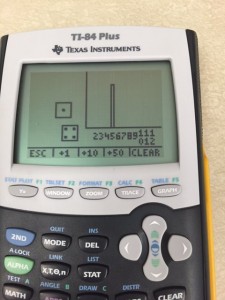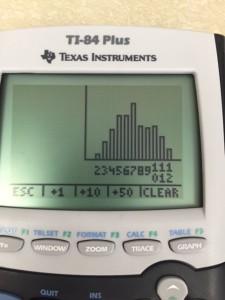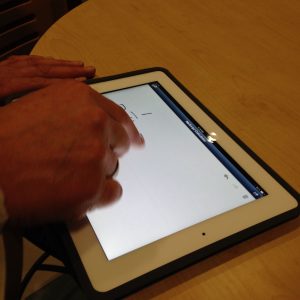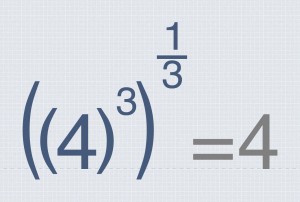Integrated Mathematics and Social Studies Lesson
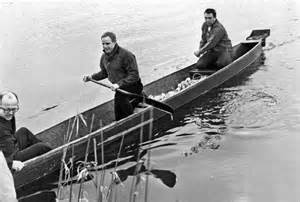 The United State Constitution protects tribal sovereignty by Indian Nations but the Indian Nations are not completely sovereign. To understand the interplay between Tribal, Federal, State, and local governments on the Tribal sovereignty read the attached HS_US_L2_Supremacy_Commerce_Clauses_Boldt.
The United State Constitution protects tribal sovereignty by Indian Nations but the Indian Nations are not completely sovereign. To understand the interplay between Tribal, Federal, State, and local governments on the Tribal sovereignty read the attached HS_US_L2_Supremacy_Commerce_Clauses_Boldt.
Fishing rights were among the rights protected by treaties for many of the tribes in Northwestern Washington. In 1974 the Boldt decision reaffirmed the “usual and custom” fishing grounds and rights of the treaty tribal (native) people of coastal Washington State. The Boldt decision was the result of much conflict for many years leading up to the 1970’s, to understand this conflict read the attached HS_US_L1_Constitution_Boldt_Article_Activity.
In the Boldt decision, Judge Boldt considered the interaction between individual rights, tribal rights, and the common good [non-tribal people]. A part of the decision was that treaty Indians were entitled to 50 percent of the fish that came to the “usual and accustomed places” because an 1854 treaty used the language “in common with.” The Boldt decision is attached Boldt_Decision.
The ramification of this decision is still very much apart of fishing today in Northwest Washington. To understand some of the present views read the following Seattle PI article and history lesson. In present day legal decisions and ecological activities cooperation is needed to ensure that the number of salmon is increased.
As a math lesson uses your knowledge of Venn diagrams to identify the region of the Venn diagram you feel a current legal or ecological issue should reside. Each student needs to identify at least two issues from one of the three documents and one of personal interested. Write your issue on a posted note and place the note in the region on the Venn diagram you feel this issue should reside. After all students have place three posted notes on their Venn diagram the students will get into groups of four to discuss their claims. The teacher will take notes during the group discussion period and discuss the placement of one issue from each group. Rubric for the lesson in on the attached worksheet. Venn Diagram Boldt Decision – Impact Issues between individual
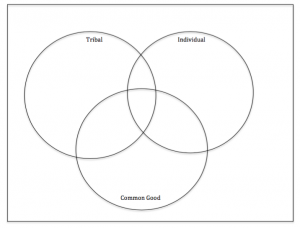
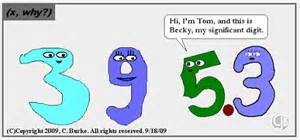

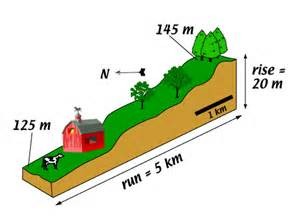
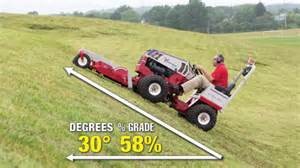
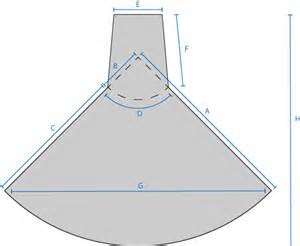
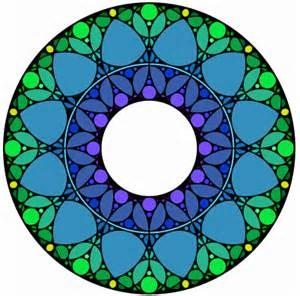

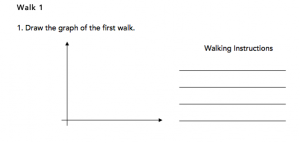 Students work in groups of four: a. one person walks, b. another operates the calculator, c. another draws the graph on the calculator, and d. the graph of the peers walk, and the final person gives and writes the walking directions. On the next walk the students switch tasks, so that everyone performs all tasks.
Students work in groups of four: a. one person walks, b. another operates the calculator, c. another draws the graph on the calculator, and d. the graph of the peers walk, and the final person gives and writes the walking directions. On the next walk the students switch tasks, so that everyone performs all tasks.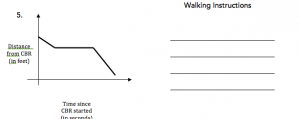

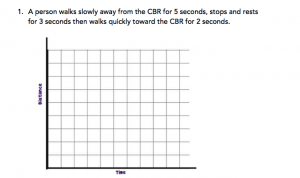
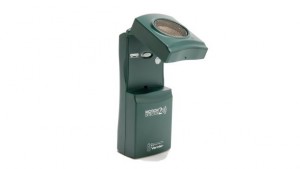 TI- 83 or 84
TI- 83 or 84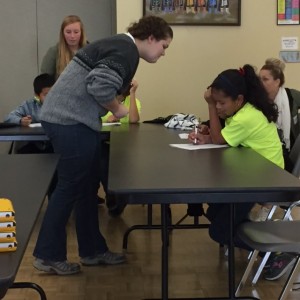 paring a simulation of rolling two dice with horse racing. In the attached worksheet student choose from a list of 12 horses. They are told that the number associated with their horse corresponds to the sums from rolling two dice.
paring a simulation of rolling two dice with horse racing. In the attached worksheet student choose from a list of 12 horses. They are told that the number associated with their horse corresponds to the sums from rolling two dice.